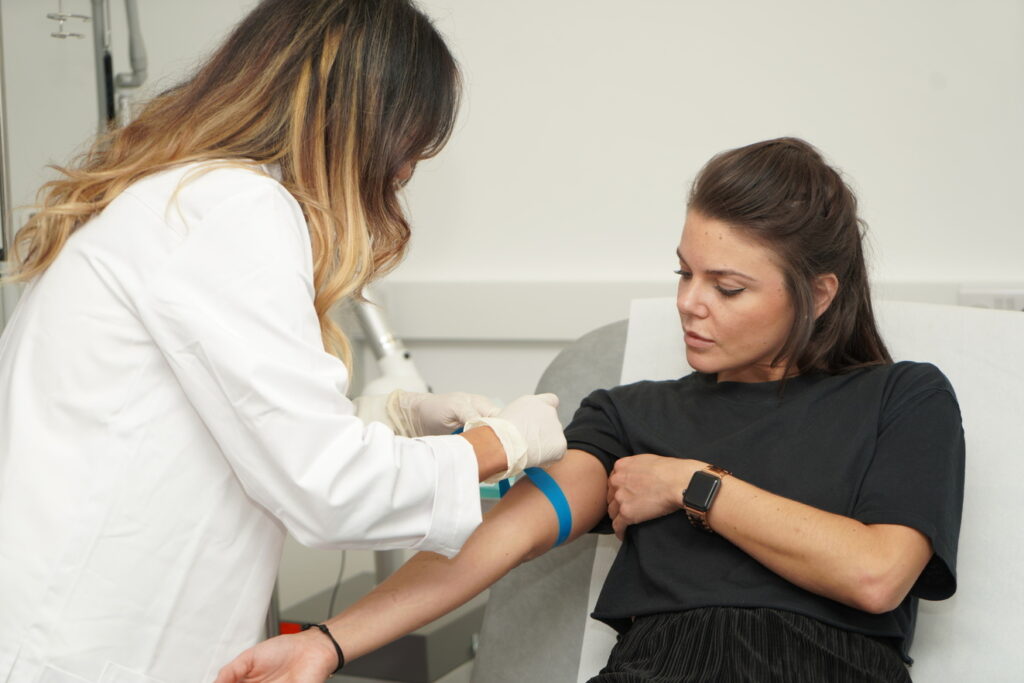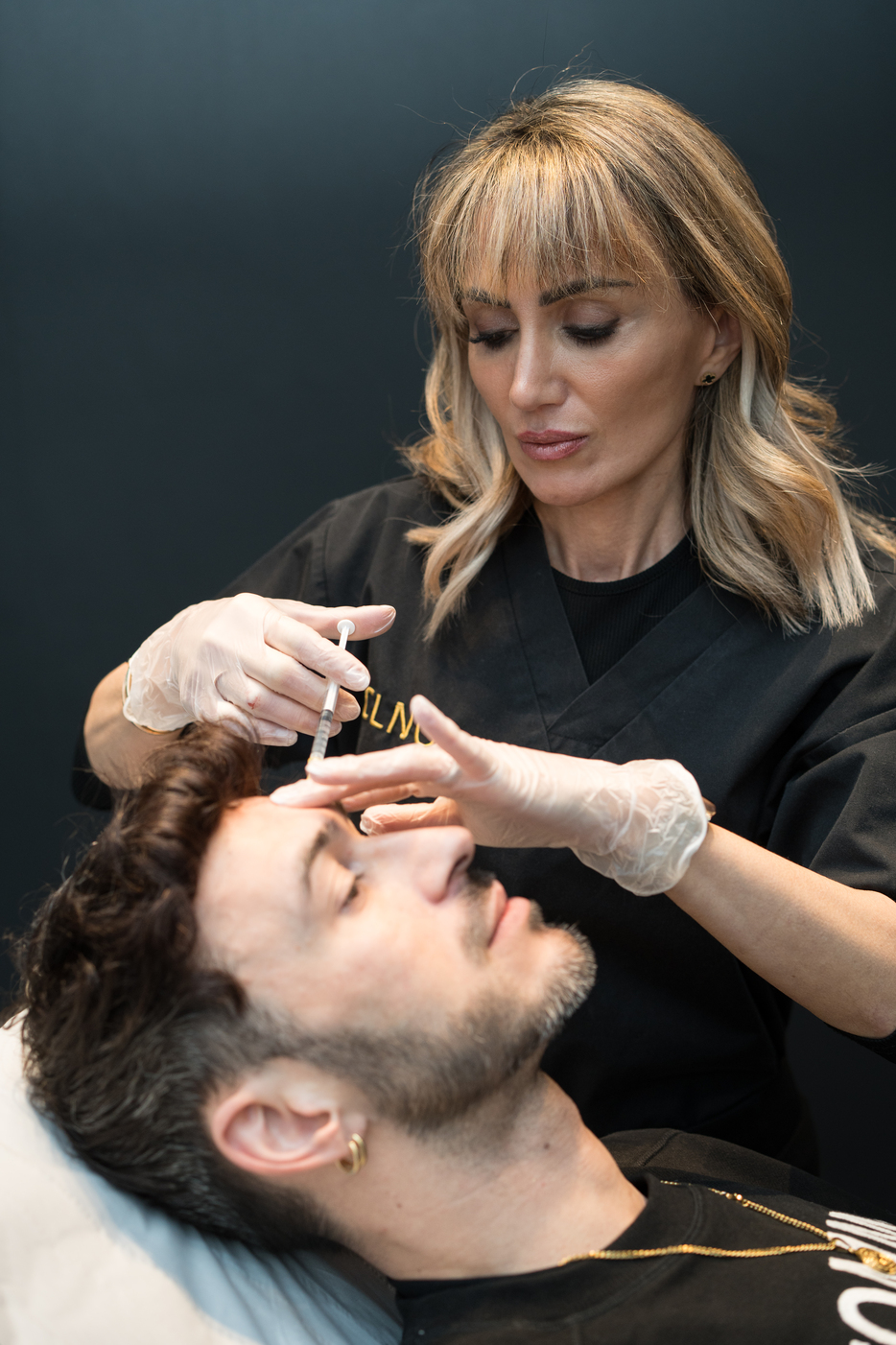Moles are common pigmented spots on the skin, and most of us have at least a few of them scattered across our bodies. While many moles are completely harmless, some can become irritated, infected, or even raise concerns about skin cancer. It can be tempting to try at-home remedies or DIY techniques to remove an unwanted mole, but this approach is fraught with risks and potential complications. We will explore why you should never attempt mole removal at home, the hazards involved, and the benefits of seeking professional medical advice. We will delve into diagnostic considerations, possible adverse outcomes, and the importance of understanding skin health and disease prevention.
Understanding Moles
Moles, medically referred to as melanocytic naevi, are areas of increased pigmentation in the skin. They can vary in size, shape, and colour, often appearing as small, dark spots. Most moles are benign (non-cancerous), and many people live with them without any issues. However, changes in the size, shape, or colour of a mole, or the development of new ones, can sometimes be an early sign of something more serious, such as melanoma or other forms of skin cancer.
Types of Moles
- Congenital Moles: These are present at birth or develop in infancy. Larger congenital moles may carry a slightly increased risk of skin cancer, depending on factors like size and appearance.
- Acquired Moles: These appear during childhood or early adulthood. Their development is often linked to genetics and sun exposure.
- Atypical (Dysplastic) Moles: These can have irregular borders, varied coloration, and might be larger than a common mole. Atypical moles should be monitored more closely, as they can carry a higher risk of malignancy.
The main thing to remember is that you cannot definitively know whether a mole is harmless just by looking at it. This is where a qualified medical doctor, such as a GP, dermatologist, or plastic surgeon, can help determine the nature of the mole through clinical examination and, if necessary, additional tests or a biopsy.
Why People Are Tempted to Remove Moles at Home
In an age where the internet provides countless do-it-yourself (DIY) tutorials, there is a growing trend towards at-home cosmetic procedures. Social media platforms, such as YouTube or Tiktok, can be riddled with videos demonstrating unsafe and untested methods. Some of the primary reasons people might consider removing moles at home include:
- Convenience: Visiting a doctor requires time, appointments, and, in some cases, a referral from your GP. Some individuals believe DIY methods are a shortcut.
- Cost Concerns: Private medical procedures can be expensive, and while certain mole removals may be covered by the NHS if they are deemed suspicious or symptomatic, purely cosmetic removals often come at a cost. Mole removal cost can be an important factor but you should never compromise your health.
- Misinformation: Online platforms can spread misleading or incomplete information. People may falsely believe that certain oils, creams, or household chemicals can ‘safely’ burn, freeze, or dissolve a mole.
- Embarrassment or Fear: Some individuals might feel anxious about having a noticeable mole examined or removed by a professional. They may avoid a medical consultation due to fear of what they might discover.
However, it is crucial to understand that at-home mole removal is rarely safe, accurate, or effective. Beyond the immediate health risks, there is the potential to overlook serious medical conditions if a mole is not assessed by a professional.

Risks of At-Home Mole Removal
The idea of ‘just snipping off’ a mole or using online remedies is often fuelled by myths about ease or quick fixes. In reality, there are several significant risks that accompany at-home mole removal:
- Infection: Cutting, burning, or using chemicals on the skin without proper sterilisation techniques can introduce bacteria, leading to infections such as cellulitis or abscess formation. Infection can result in pain, swelling, fever, and even more severe health complications if left untreated.
- Scarring: DIY mole removal techniques can lead to unsightly scarring or disfigurement. Even if you think your makeshift procedure went smoothly, scar tissue can form unpredictably, leaving raised, pitted, or discoloured marks far worse than the original mole.
- Incomplete Removal: Without medical expertise, it can be difficult or impossible to ensure the entire mole, particularly any deeper pigmented cells, has been removed. Incomplete removal could cause the mole to grow back, sometimes more aggressively, or leave behind abnormal cells.
- Misdiagnosis or Overlooking Cancer: One of the most important reasons to avoid at-home removal is the risk of missing a potential malignancy. An apparently harmless mole could be an early-stage melanoma. Removing it incorrectly or incompletely may mask further changes or spread, potentially delaying a proper diagnosis and necessary treatment.
- Bleeding: Many moles have a blood supply. Attempting to remove them can cause significant bleeding, especially if you cut into the dermal layers. Uncontrolled bleeding increases the risk of infection and can require emergency care if severe.
- Chemical Burns: Many individuals resort to unregulated topical products or homemade pastes containing strong acids, bases, or other caustic substances. These can burn not only the mole but also the surrounding healthy skin, sometimes causing blistering and long-term damage.
Because of these potential complications, professional guidelines from reputable sources such as the British Association of Dermatologists (BAD) and the National Health Service (NHS) strongly advise against attempting mole removal at home.
The Role of Proper Diagnosis
Moles may seem like minor imperfections, but they can provide early warning signs of skin cancer or other skin conditions. Proper diagnosis is key to safe and effective treatment. The ‘ABCDE’ method is often recommended for self-examination:
- A – Asymmetry (one half of the mole doesn’t match the other)
- B – Border (uneven, notched, or scalloped borders)
- C – Colour (uneven colour or multiple shades)
- D – Diameter (larger than 6 mm, though skin cancers can be smaller)
- E – Evolving (changes in size, shape, colour, or any new symptom like bleeding or itching)
If you notice any of these warning signs or are unsure about the appearance of a mole, the correct step is to consult a doctor. They may perform an examination, and some may use dermoscopy, a type of magnified inspection, and decide whether a biopsy is needed. A biopsy is the only definitive way to confirm whether cells are benign or malignant. Relying on guesswork at home can lead to a missed or delayed diagnosis that could have serious health consequences if the mole is cancerous.
Professional Mole Removal Methods
Medical clinics, such as CLNQ in Manchester and Cheshire, offer various professional techniques for mole removal, each chosen according to the type, size, location, and nature of the mole. These methods are performed under sterile conditions by qualified professionals such as dermatologists, plastic surgeons, or specially trained doctors. Some of the most common professional mole removal techniques include:
- Surgical Excision This is one of the most common methods. The mole and a margin of surrounding tissue are removed under local anaesthetic. The wound is then closed with sutures. Surgical excision ensures that the mole is removed completely, and a sample can be sent to the laboratory for histopathological examination to rule out malignancy.
- Shave Excision In this procedure, a surgical blade is used to remove the raised portion of the mole, often resulting in a slightly flatter area. If there are any concerns about the nature of the mole, a tissue sample can still be examined.
- Laser Removal A laser may be used for certain superficial, benign moles. However, laser mole removal is generally reserved for moles with a low risk of malignancy, as it may not always provide a sample for laboratory analysis.
- Cryotherapy This method involves freezing the mole with liquid nitrogen. It is more commonly used for certain pre-cancerous lesions (like actinic keratoses) or warts, and might not be ideal for suspicious moles, as obtaining tissue for pathology can be difficult.
Each professional approach minimises the risks of infection, controls bleeding, and provides an accurate and safe means to evaluate the removed tissue. Furthermore, our doctors will offer you aftercare instructions and follow-up appointments to monitor the healing process.
The Importance of Aftercare
The healing process after mole removal is just as crucial as the procedure itself. Proper aftercare helps reduce the risk of infection and scarring. By removing a mole at home, you are not likely to receive the crucial follow-up and professional guidance needed for optimal healing. Aftercare typically involves:
- Keeping the Area Clean: Following our advice on gentle cleaning techniques.You will usually have a dressing on initially.
- Using Prescribed Ointments or Dressings: These can help protect the wound and aid the healing process.
- Avoiding Sun Exposure: Keeping the area protected from UV rays helps reduce pigmentation changes and scarring.
- Reporting Any Complications: If you notice increased redness, swelling, discharge, or pain, you should promptly inform the team at CLNQ.
When you resort to DIY procedures, it’s easy to overlook these necessary steps or ignore signs of complications until they are severe.
Protecting Your Skin and Spotting Warning Signs
Instead of trying to remove a mole at home, focus on proactive skin health and preventive measures. Regular skin checks, coupled with professional evaluations, can help you detect and address any issues early on.
- Regular Self-Exams Performing monthly skin checks helps you become familiar with your moles and notice any new or changing lesions. Use the ‘ABCDE’ criteria as a guide.
- Annual Professional Check-Ups If you have multiple moles, atypical moles, or a family history of skin cancer, it’s wise to schedule yearly skin examinations with a dermatologist or specialised healthcare professional.
- Sun Protection Since excessive sun exposure can lead to the formation of new moles and increase the risk of skin cancer, protect your skin with broad-spectrum sunscreen (SPF 30 or higher), wear protective clothing, and avoid tanning beds. The British Association of Dermatologists advises that you reapply sunscreen every two hours, especially if swimming or perspiring.
- Avoid Picking or Irritating Moles Accidentally scratching or picking at a mole can cause bleeding and, in some cases, infection. If you have a mole that is easily irritated by clothing or jewellery, seek professional advice for removal rather than attempting it yourself.
- Know Your Family History Genetics play a significant role in skin health. A family history of melanoma or numerous atypical moles means you may be at a higher risk, making professional check-ups even more essential.
Conclusion
Moles may be a normal part of your skin, but they can also be a sign of developing issues. Attempting to remove them at home is risky, unregulated, and could lead to infection, scarring, incomplete removal, and misdiagnosis. The only reliable way to know if a mole is benign is to have it assessed by a healthcare professional who can provide a thorough examination and, if necessary, a biopsy or mole removal in Manchester.
By choosing professional mole removal at CLNQ with our expert doctors instead of a DIY approach, you protect both your skin’s health and appearance. The peace of mind that comes from an accurate diagnosis and expert care far outweighs any perceived convenience or cost savings from at-home methods. Remember, your skin is the largest organ of your body, serving as your first line of defence against the environment. It deserves proper attention and care, especially when it comes to procedures that could have long-term implications for your health.
If you are concerned about a specific mole or have questions about your skin, book a consultation with our specialist team at CLNQ now. They will guide you through the next steps, whether that involves monitoring a particular mole, removing it for peace of mind or medical necessity, or providing further diagnostic testing. We will guide you as to which is the most suitable method of removal for your specific mole.

















